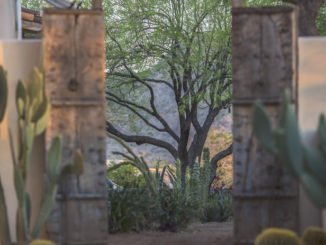This week the International Landscape Architecture Festival kicks off in Melbourne Australia. The theme of the conference is The Square and The Park. The festival curators see it as a contentious issue between these two landscape typologies which dominate our cities that haven’t changed in the past hundred years.
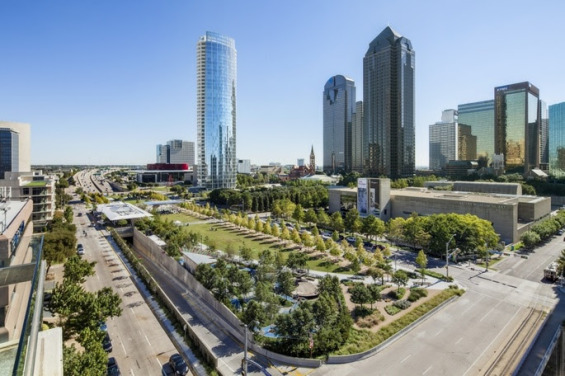
Many cities across the world are grappling with the decision of whether they create a square or a park. Which one does the community need? What will be best in the long term for the city? Many parks and squares have been resilient to our ever-changing cities, providing open space for citizens but they offer different benefits.
SQUARES
Perceived by the public as a civic space with hard surfaces one or more open sides as a forecourt to a major building (Trafalgar Square in front of The National Gallery) or closed central plaza with active edges of retail, restaurants and a church or town hall (Piazza San Marco).
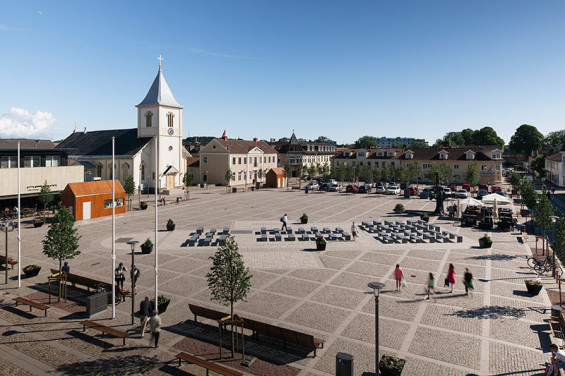
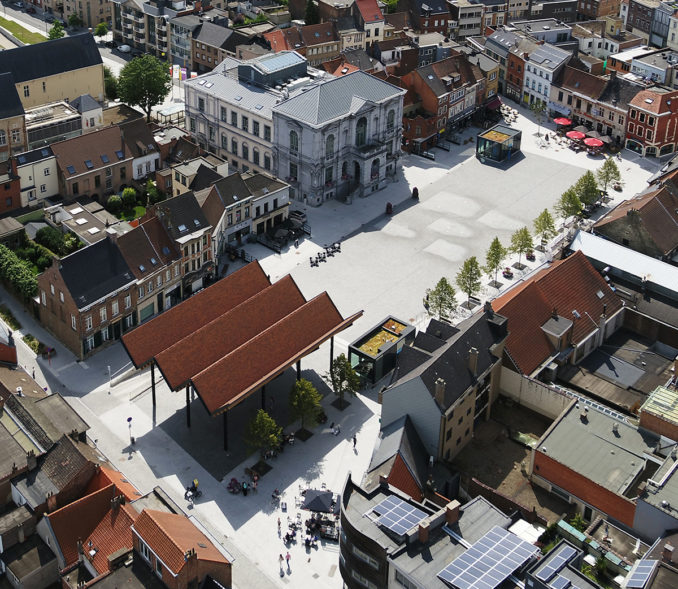
There are many squares across the world from the small squares in Italy and town squares of the USA (often under 1000 square metres/10,000 square feet) to the large squares of Moscow, Beijing, Madrid which are often in the hundreds of thousands of square metres (millions of square feet). They serve a variety of purposes from central squares, markets squares with a few hundred people up to parade squares with thousands of people. Squares are gathering spaces that are often in a highly urban context with large areas of hardscape that also for a multitude of program and placemaking. Although they can also be very stifling in summer and cold in winter. Squares are often seen as places of activity and commerce allowing for various groups to gather and congregate to shop, dine, people watch and enjoy the life of the city.

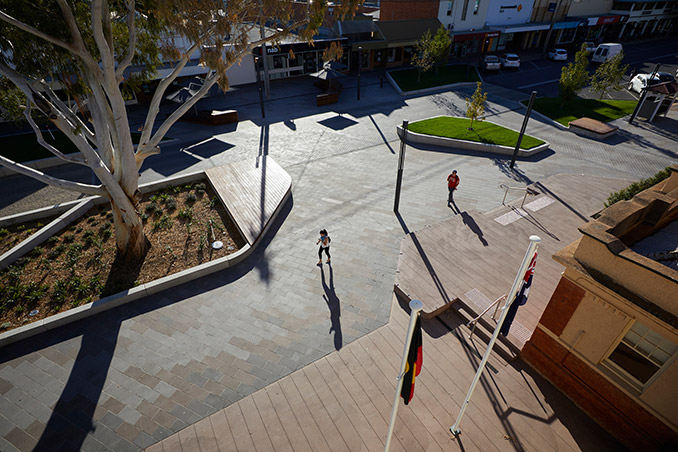
PARKS
Parks are often seen as soft spaces that create green lungs for the city offering an urban forest with large expanses of planting and grass for the public to seek respite from the hustle and bustle and heat of the city. A place that can be passive and allow people to relax, but also engage in various activities (active and passive sports) that often could be seen to be out of place in a square (or often banned in the square).
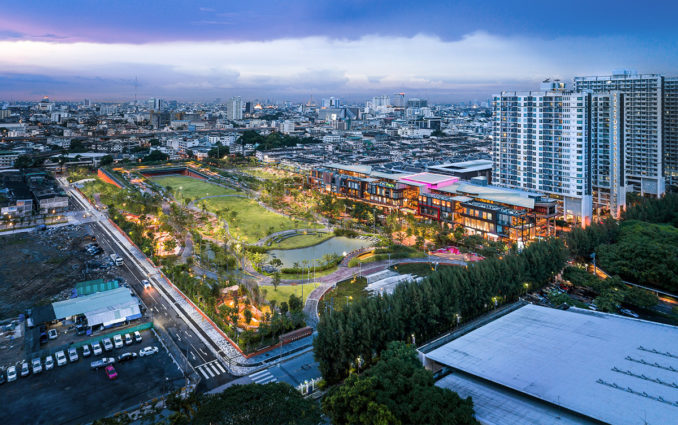
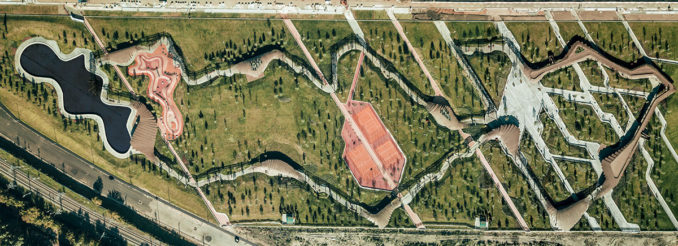
SQUARE OR PARK
The conundrum that city planners, urban designers and the public often faces is do we need a square or a park? This question has become more fraught and tenuous as the density of cities has increased at the same time that open space and the urban forest have been lost.
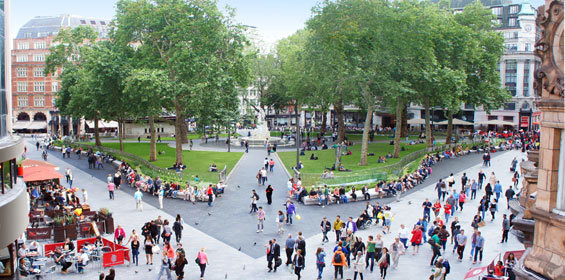
The answer is not always clear as cities endeavour to strike a balance between civic and environmental needs of the community. The most important element is understanding the site context to determine the best use of the place. Often in highly urban environments, a central park may not be the answer due to the micro-climate (orientation, shading, scale, available space) whereas a plaza may be more suited due to the ability to create a multiuse area with active building edges. Whereas, an open plot in medium-density family housing lends itself to a park with a variety of uses and able to serve a wider demographic.
Cities have also recently built hybrids typologies with a park in a square or square in a park that incorporates hard and soft spaces (a periphery or central green or a square with a small area of green) which allow for a variety of passive and active programming. These squares also integrate water sensitive urban design such as Water Square which allows for water retention and storage during rain events.
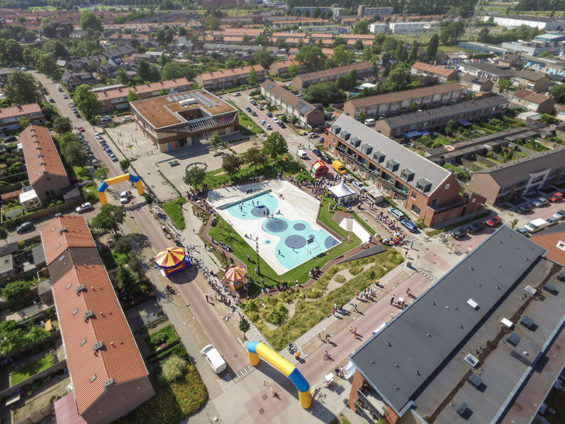
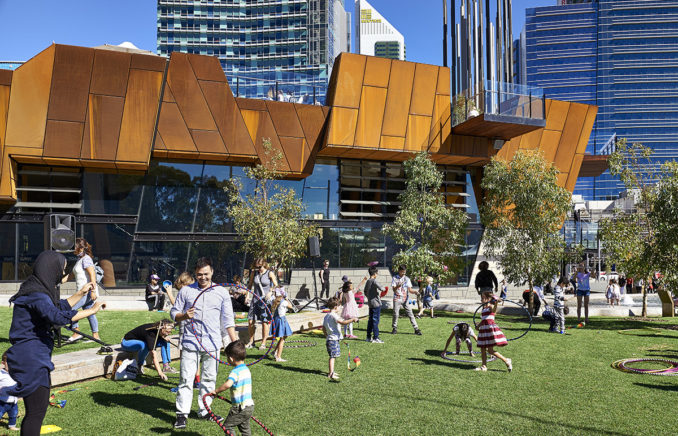
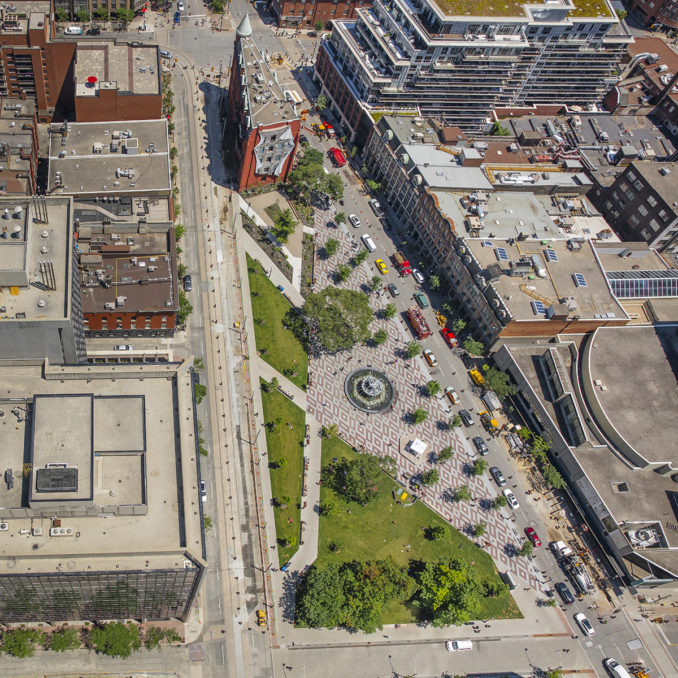
Having a discourse about these hybrid spaces is often hard as they are not often clearly called a park or square with squares called parks and parks are called squares. In the end, is it of consequence? or is it all academic and the true value of the space is that a successful space is created that suits the community needs who have taken ownership of space and enjoy to the full.
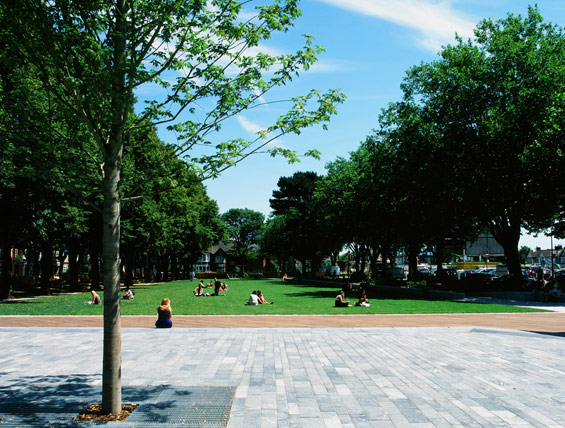
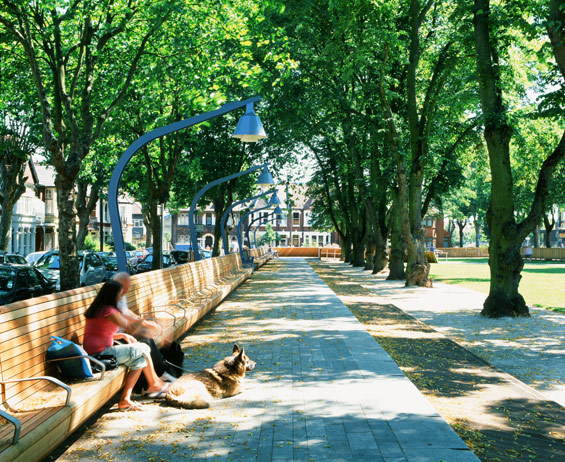
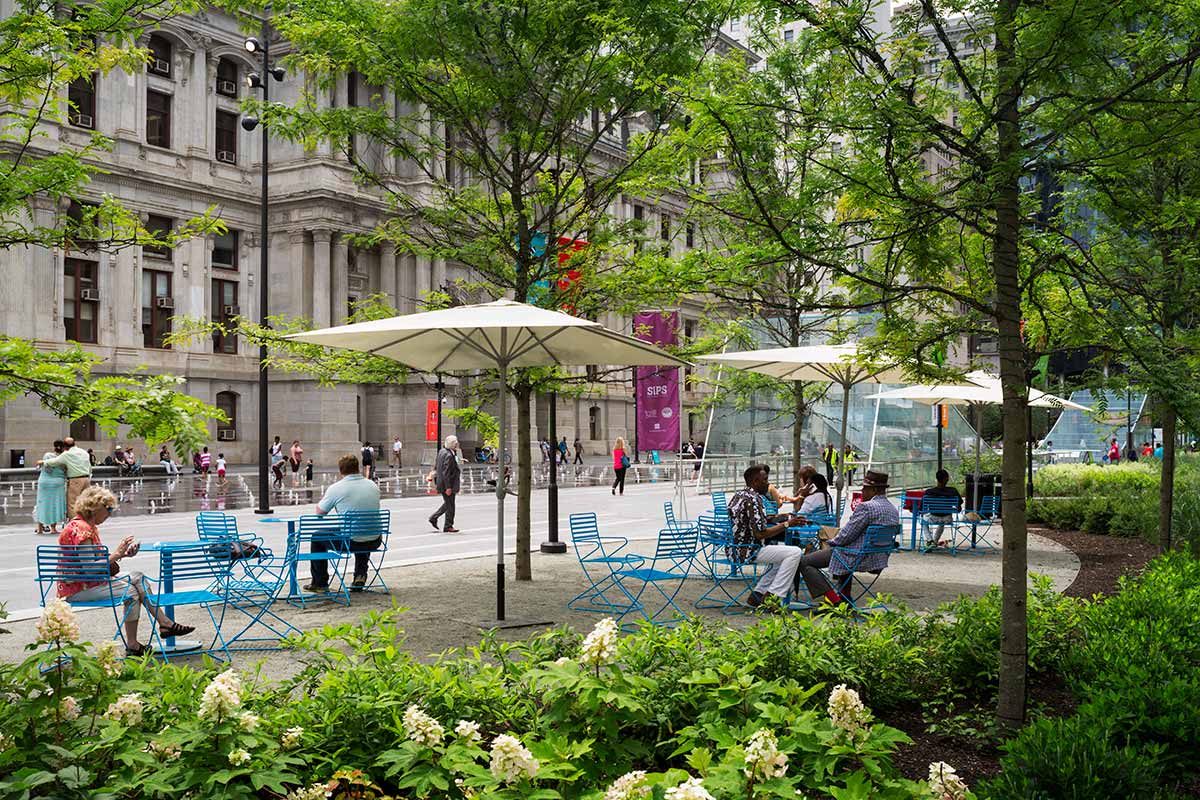
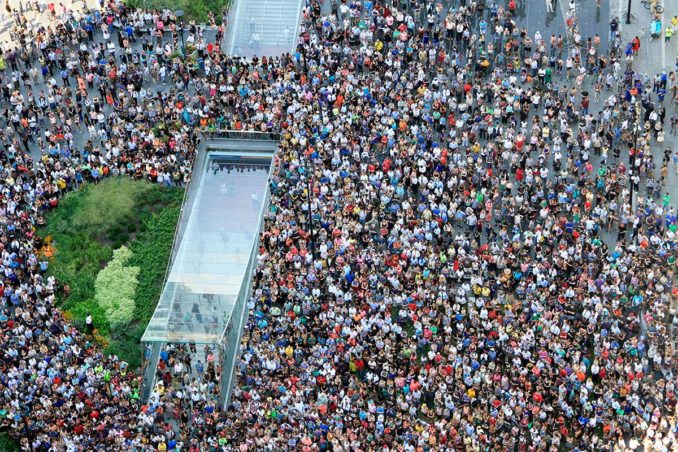
The key is to design a successful central place for the community is to ensure that it responds to the context of the surrounding environment and provides a place for the community to thrive. Any park, square or hybrid must be resilient and allow for repurposing for future uses and communities with little rework and expenditure.


